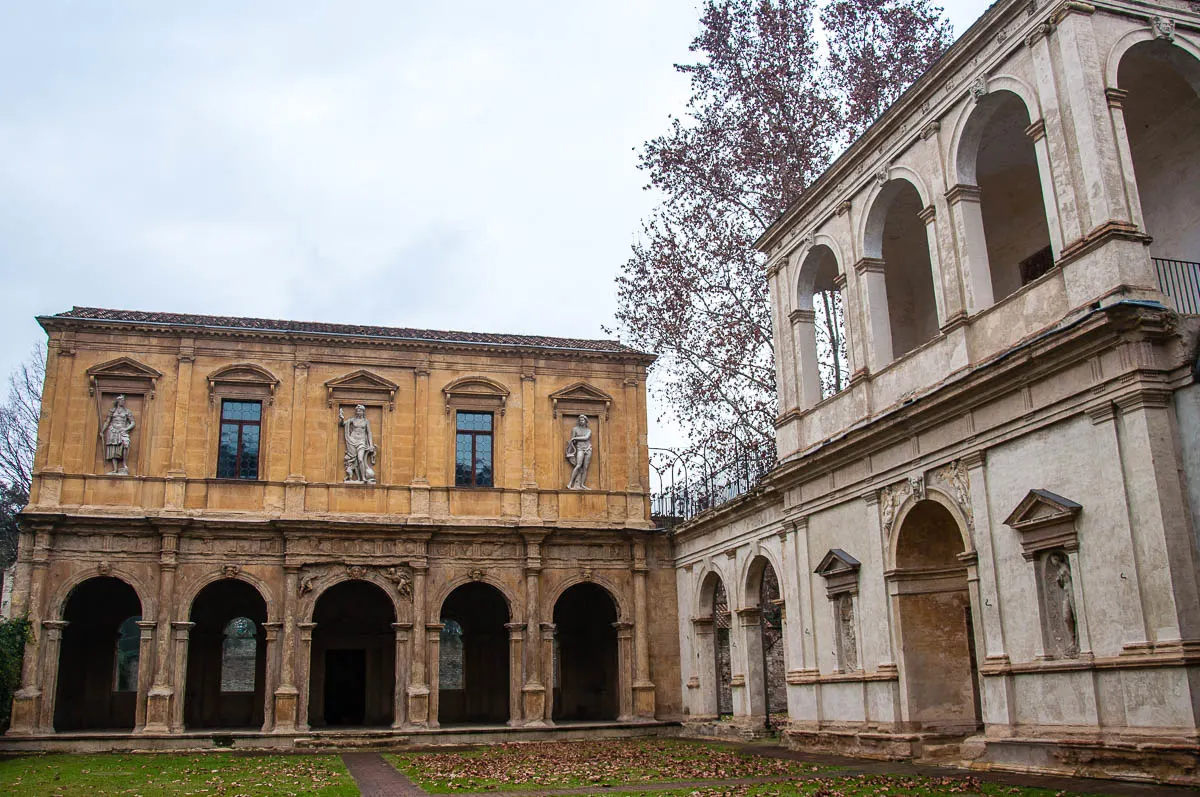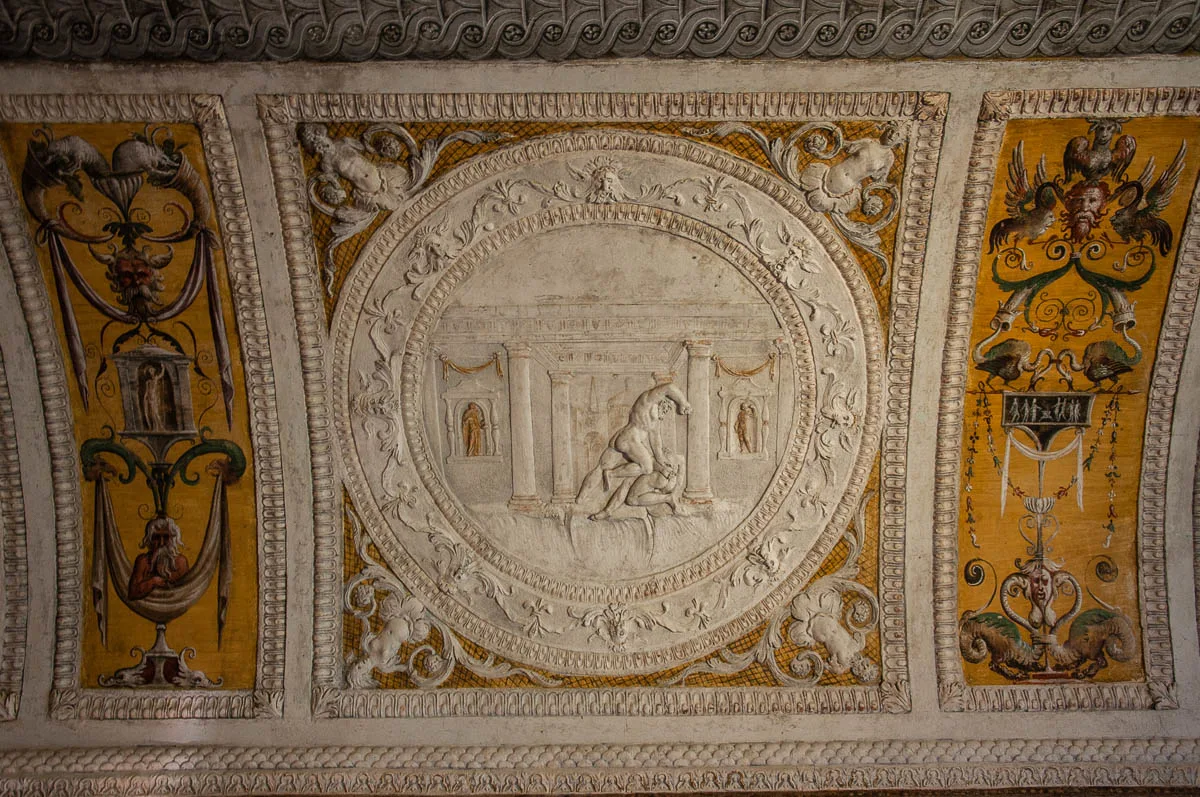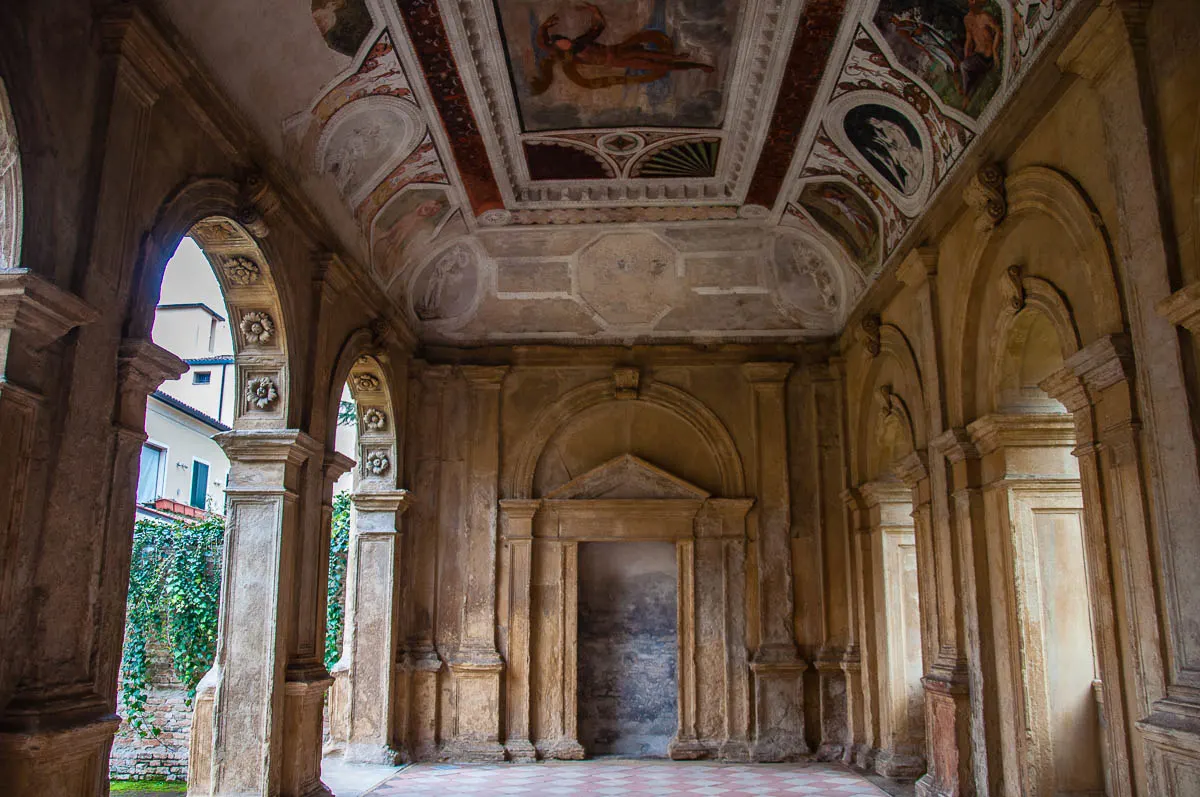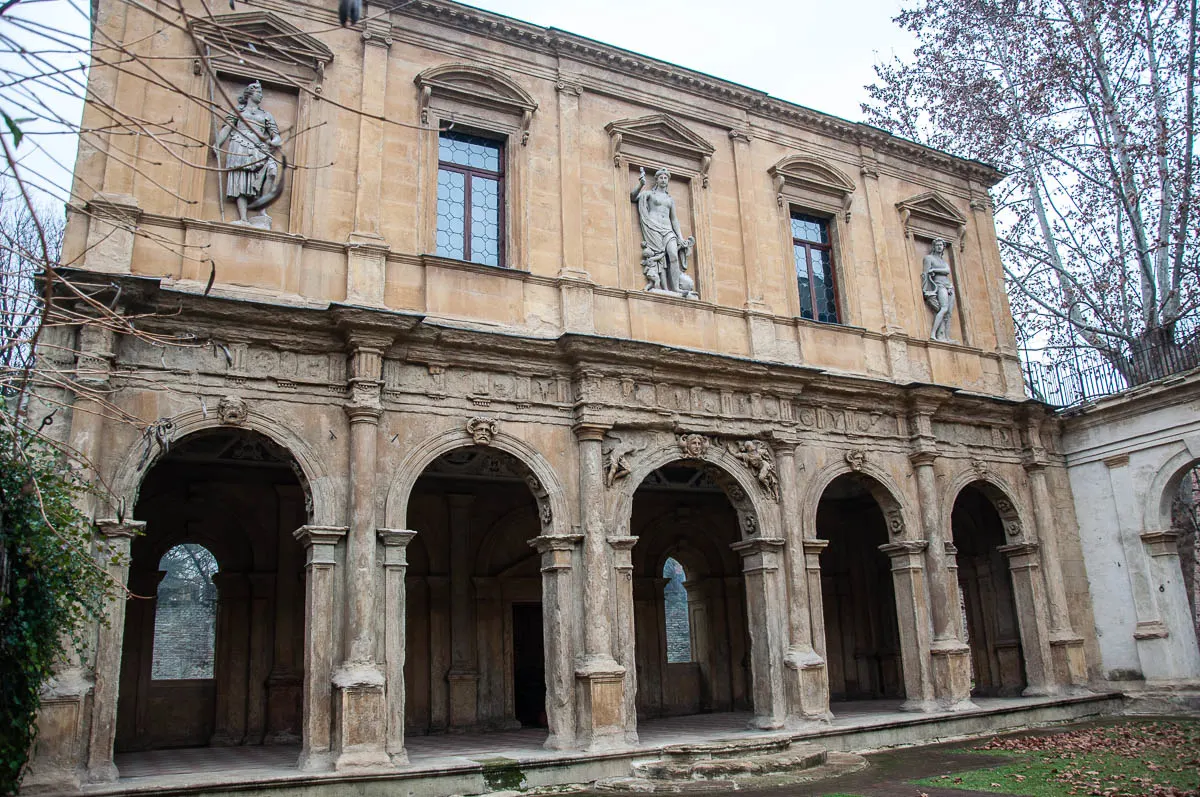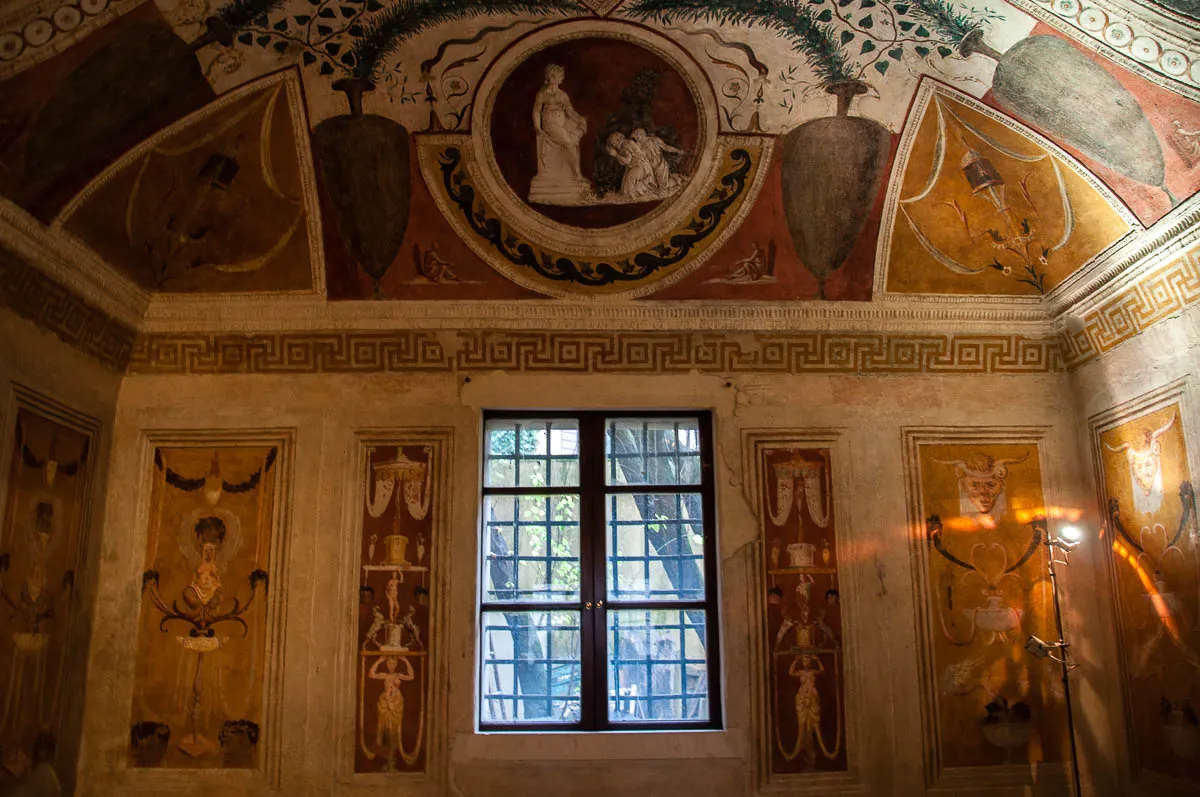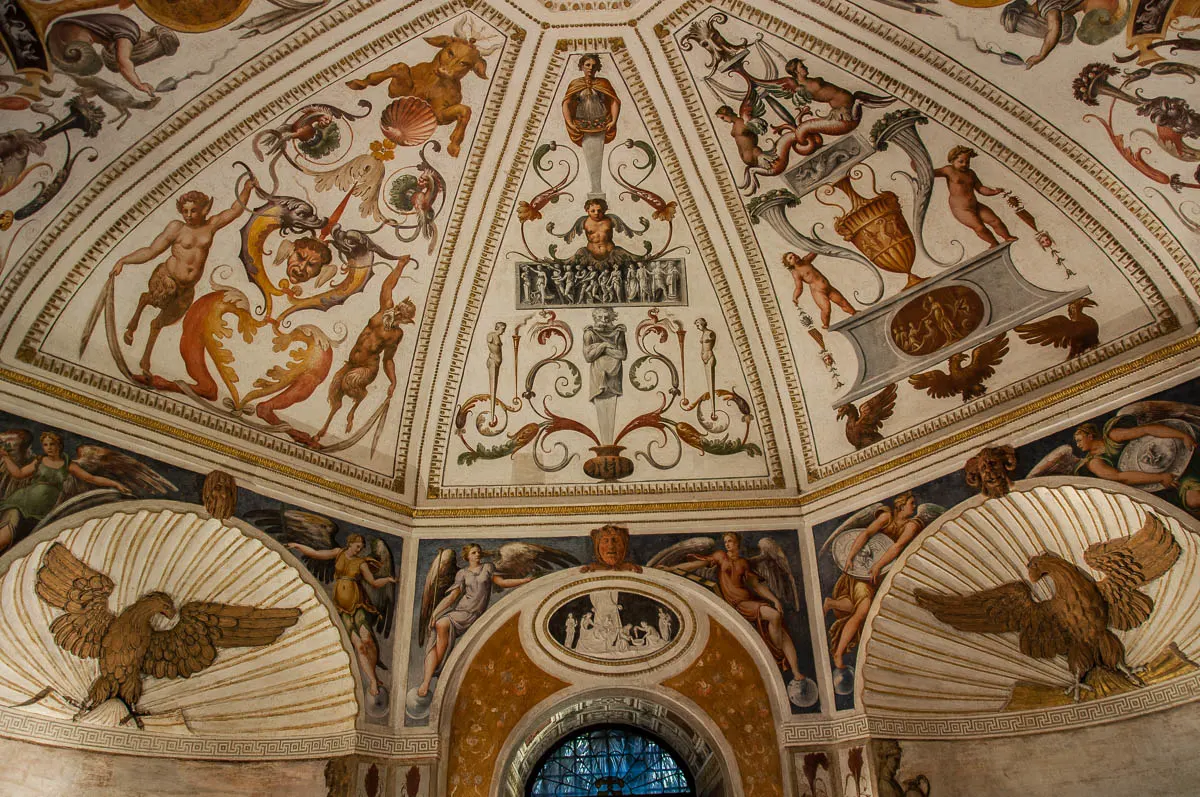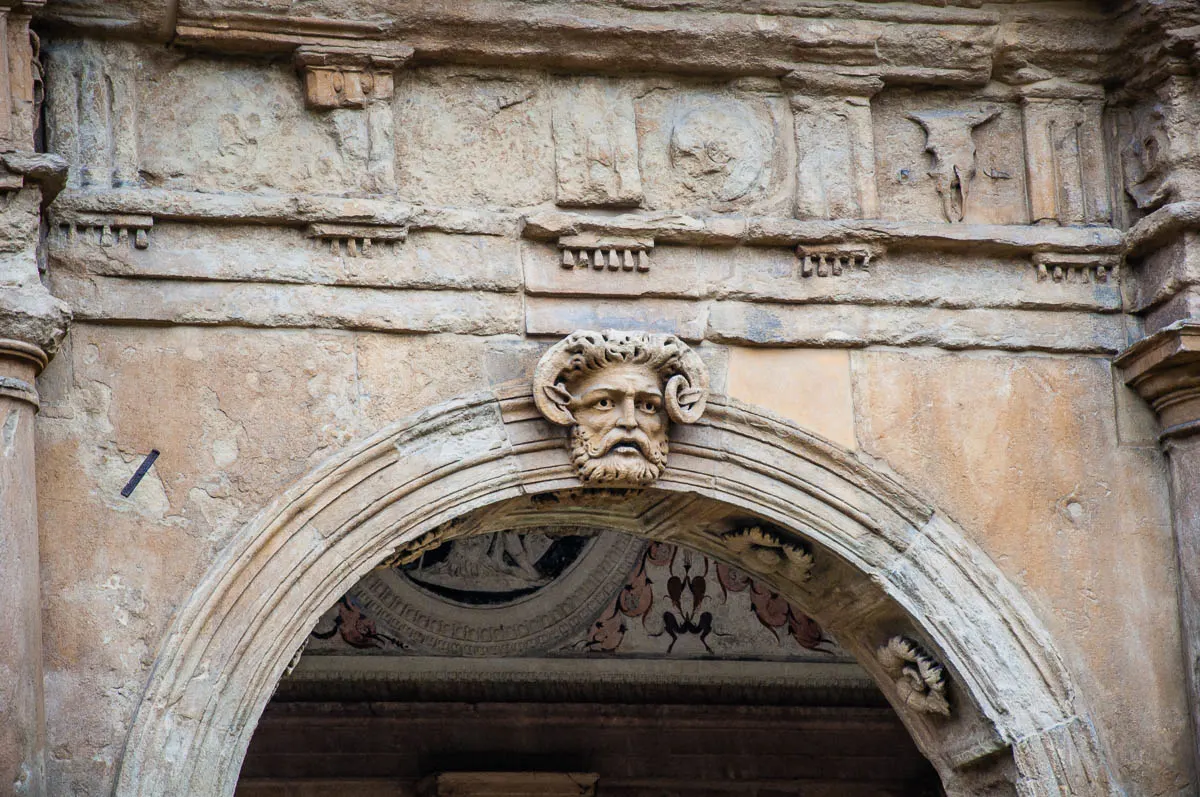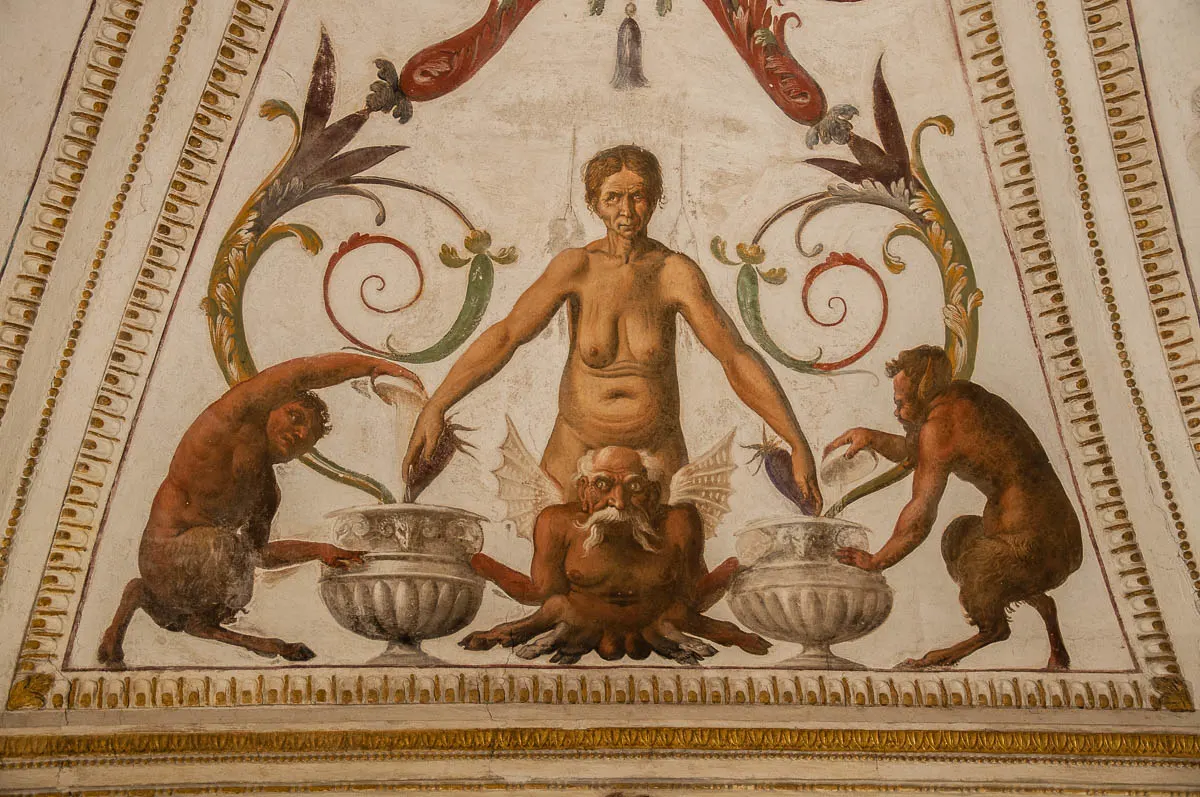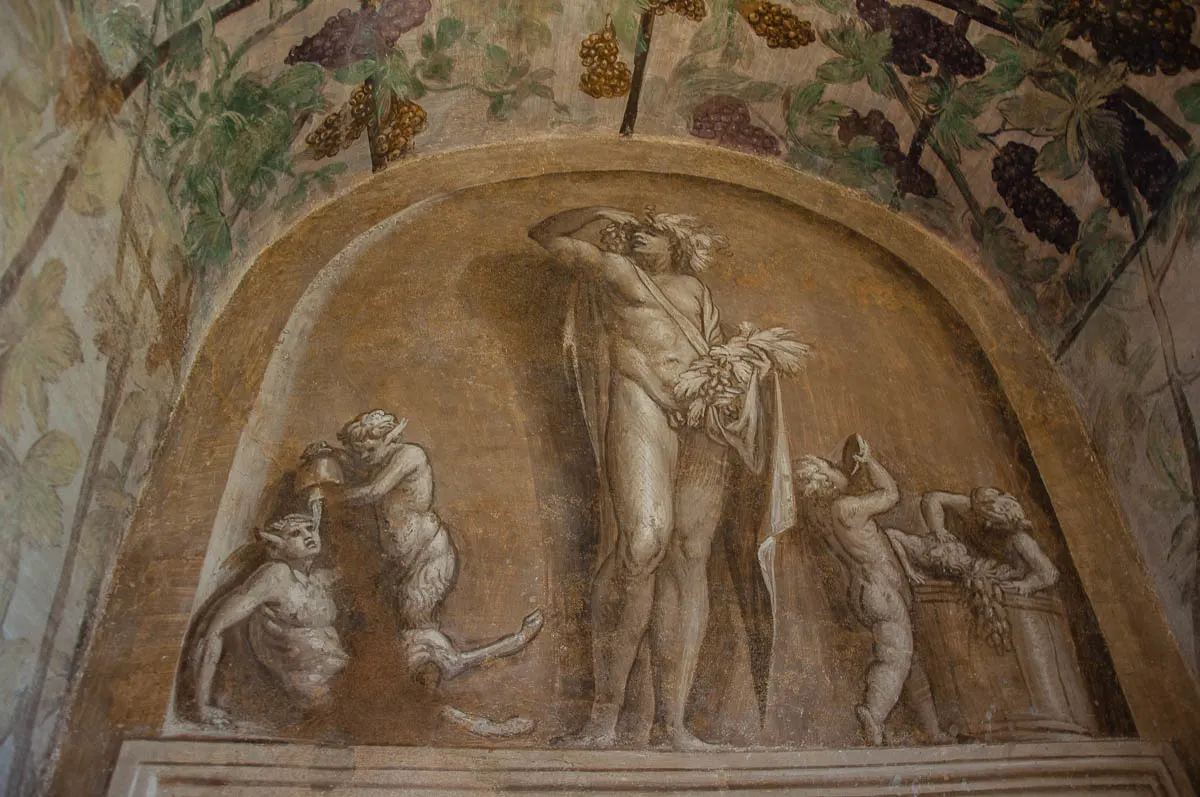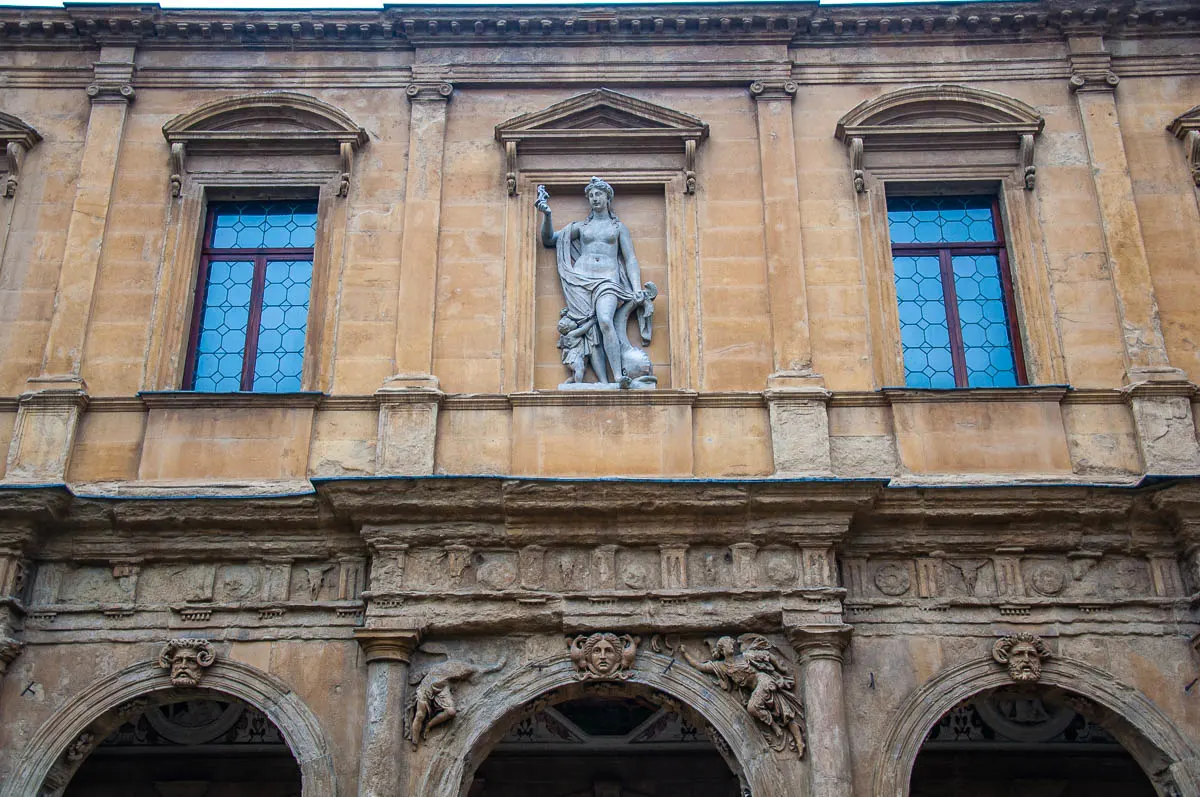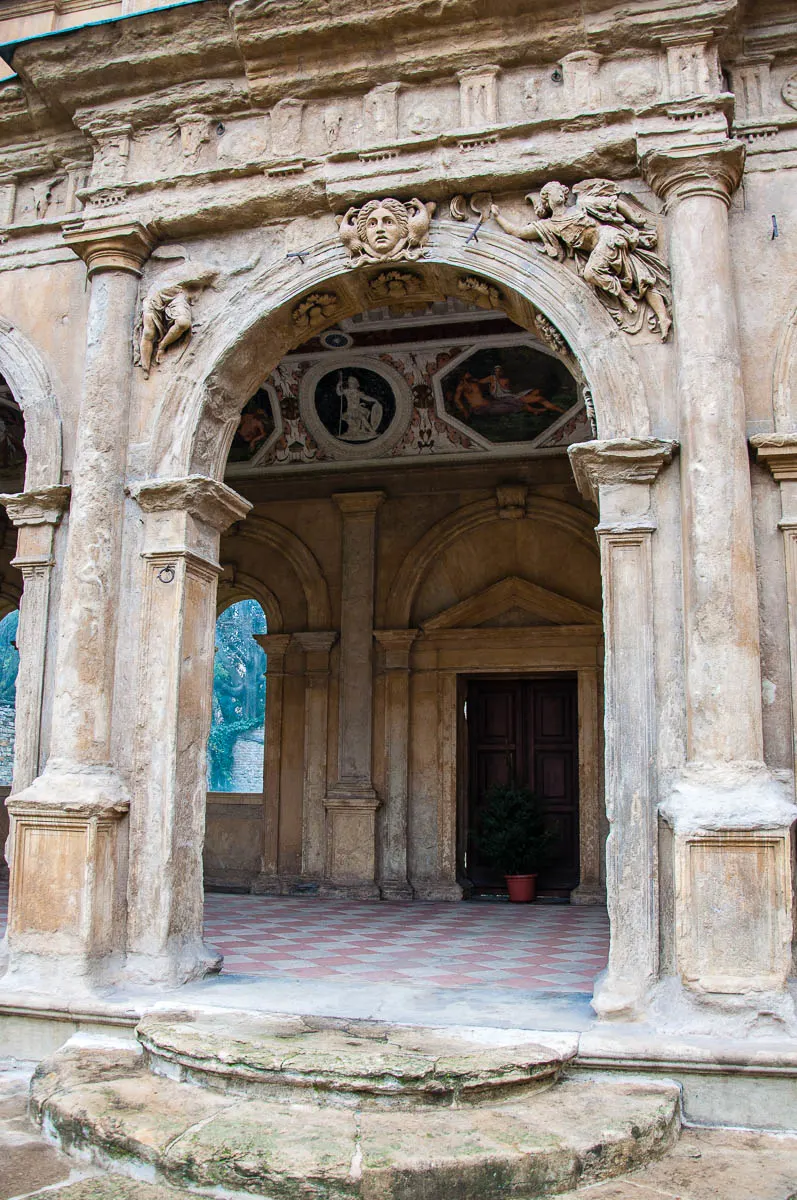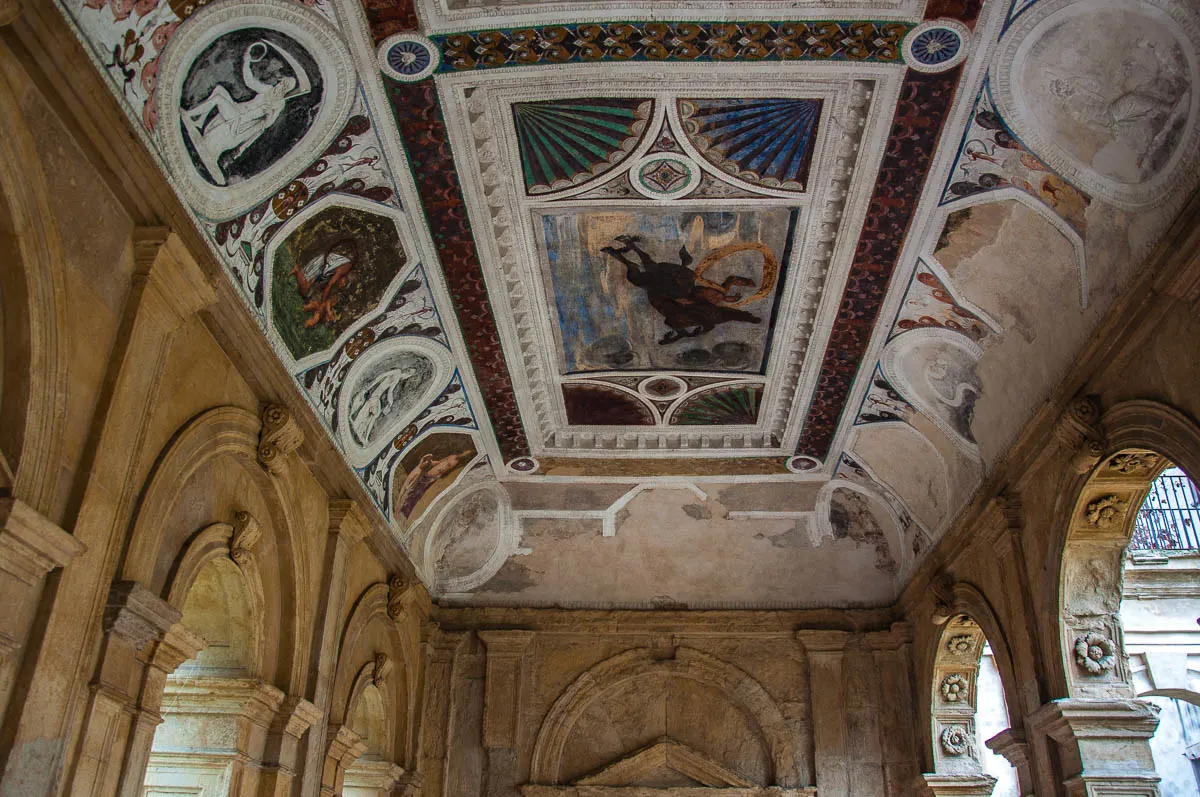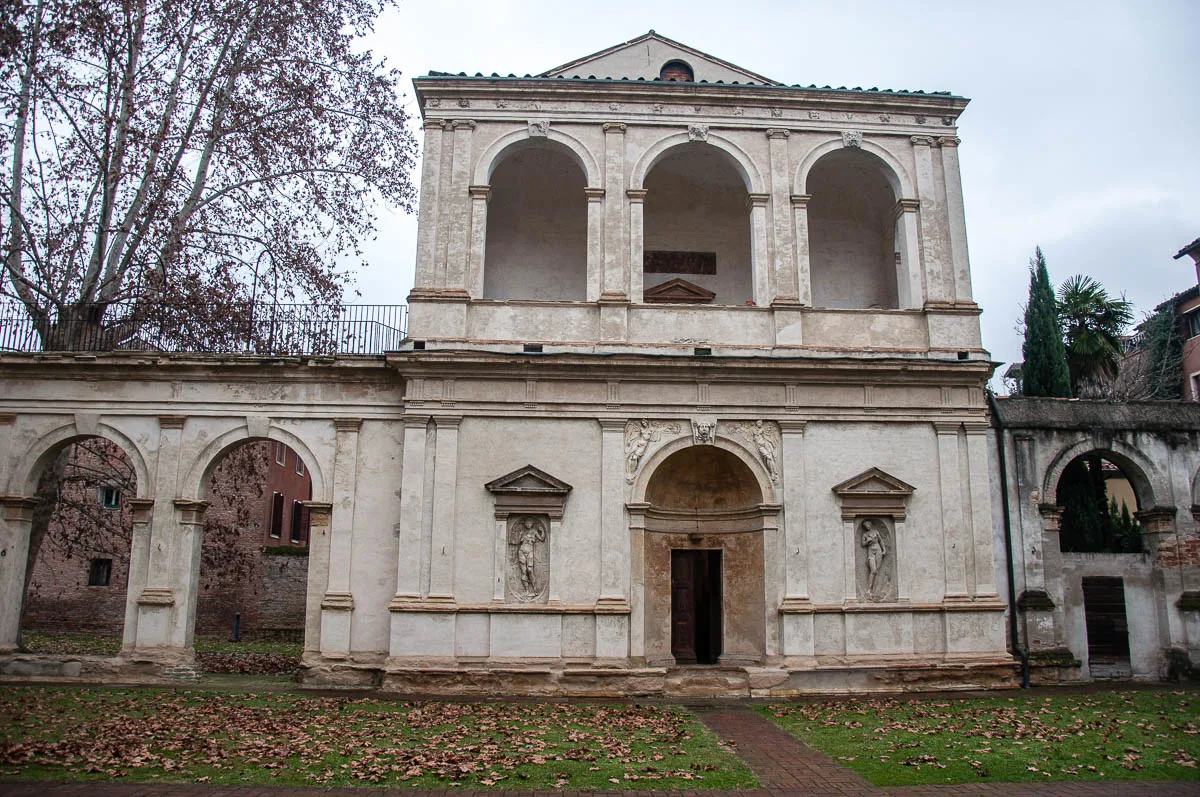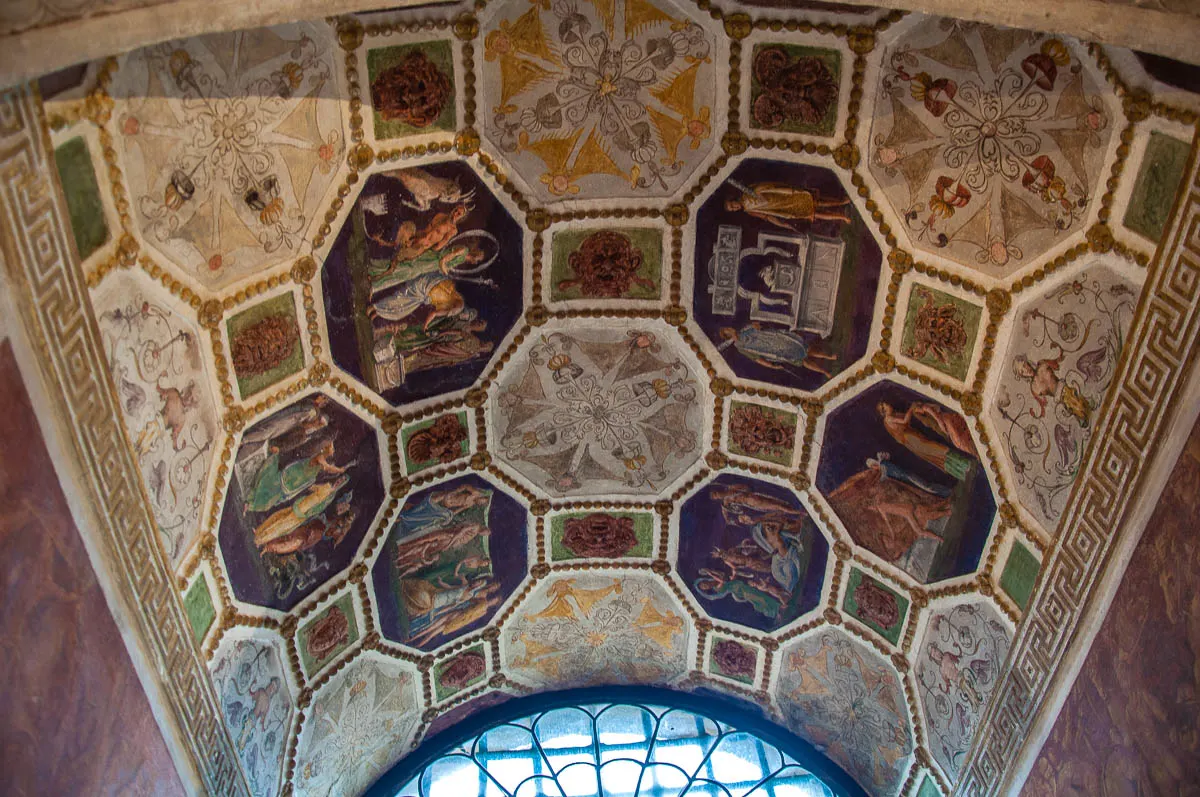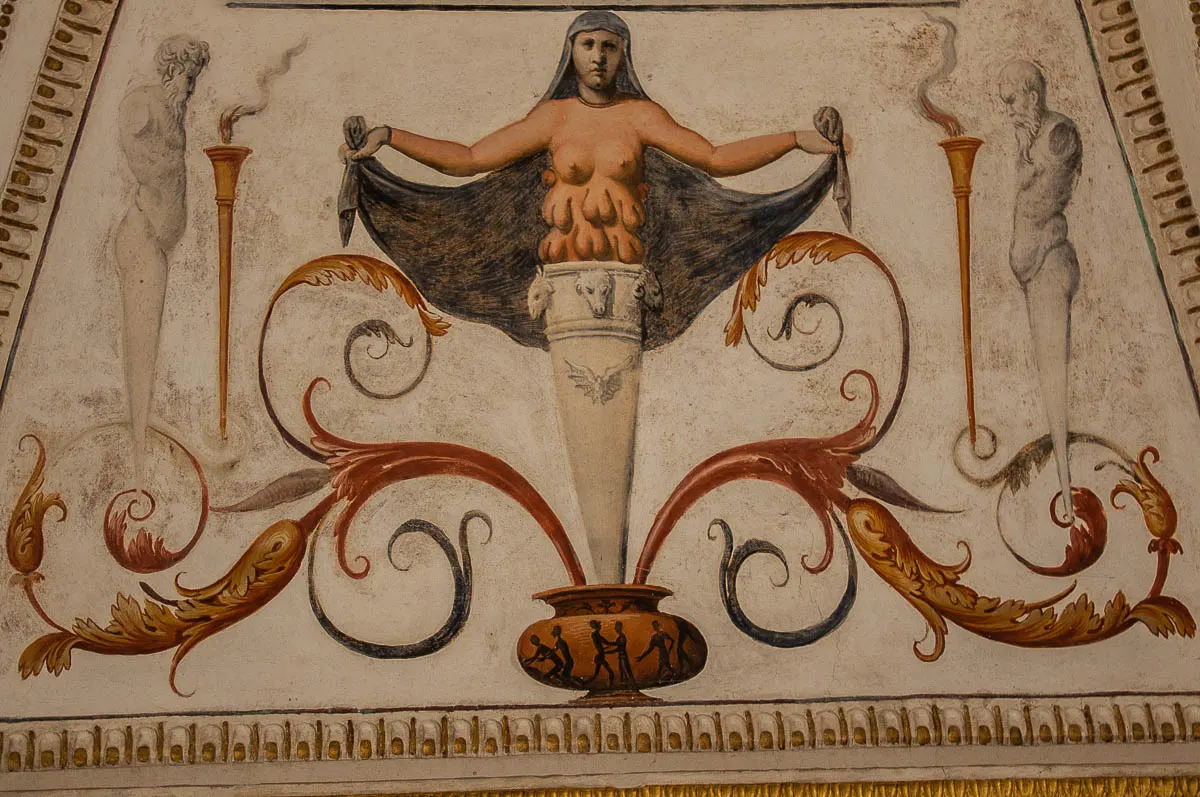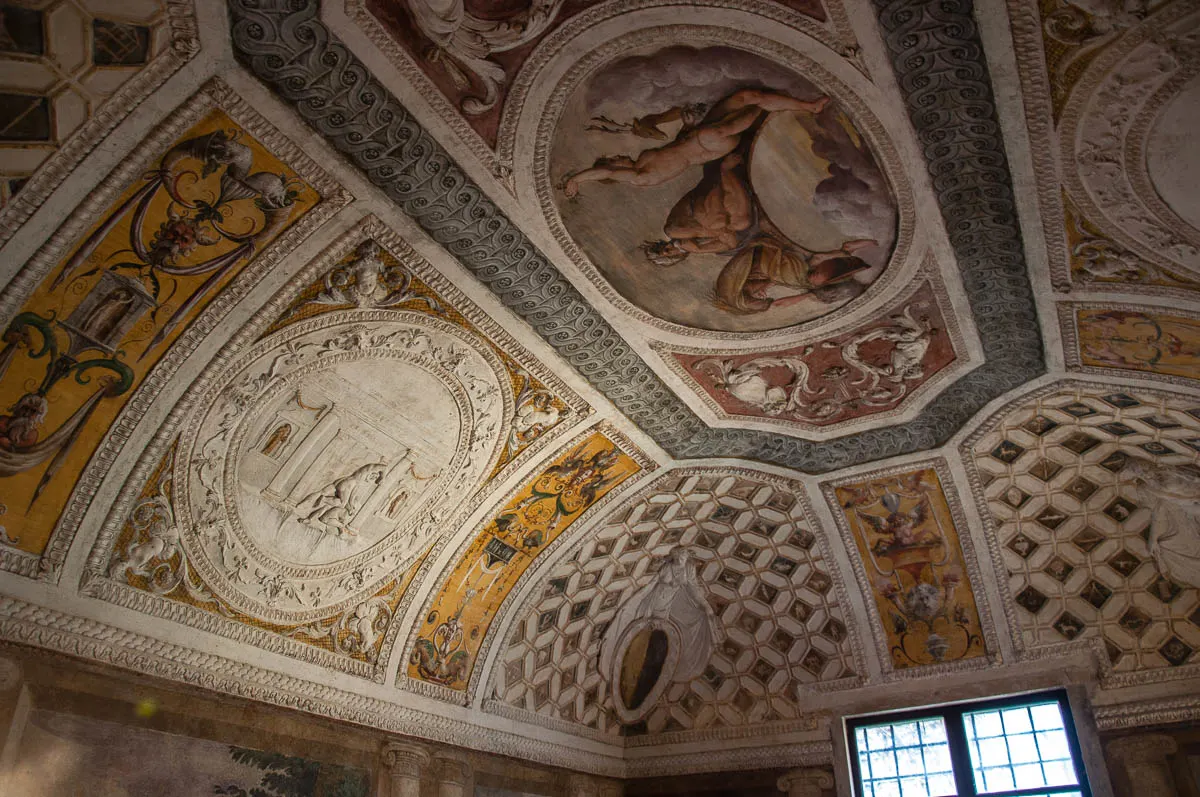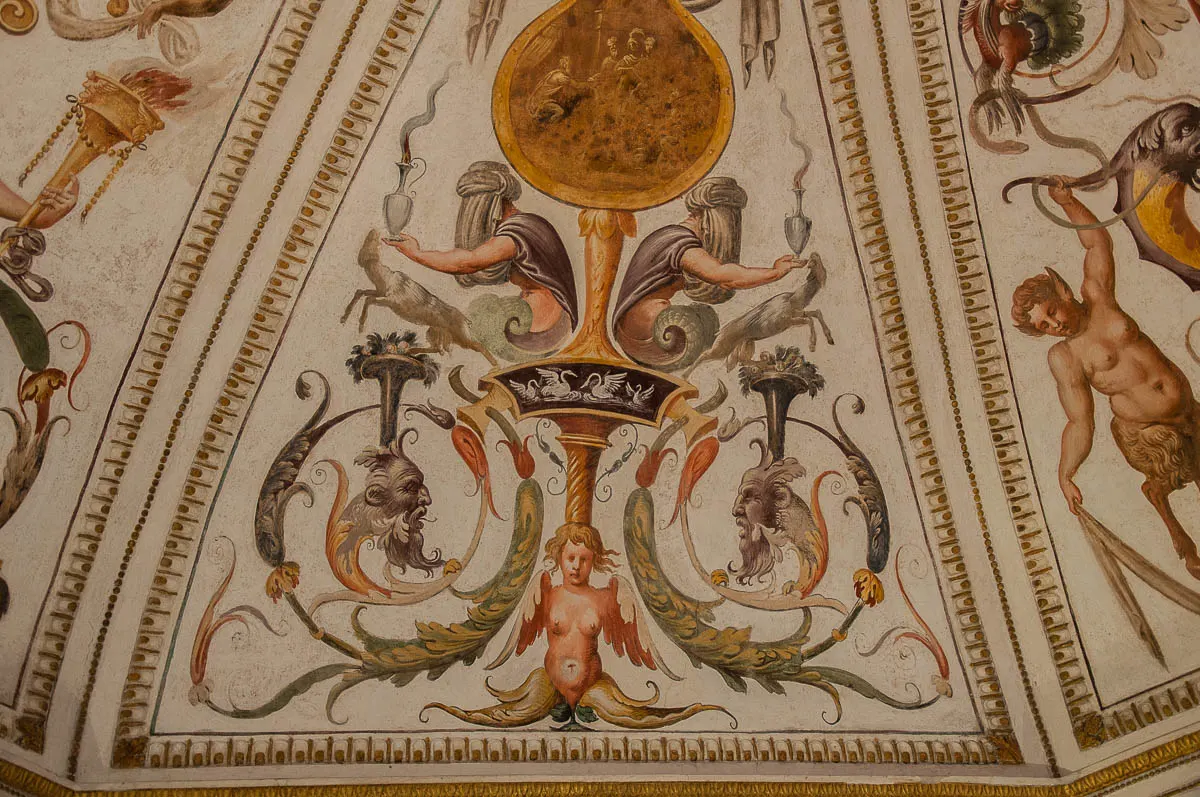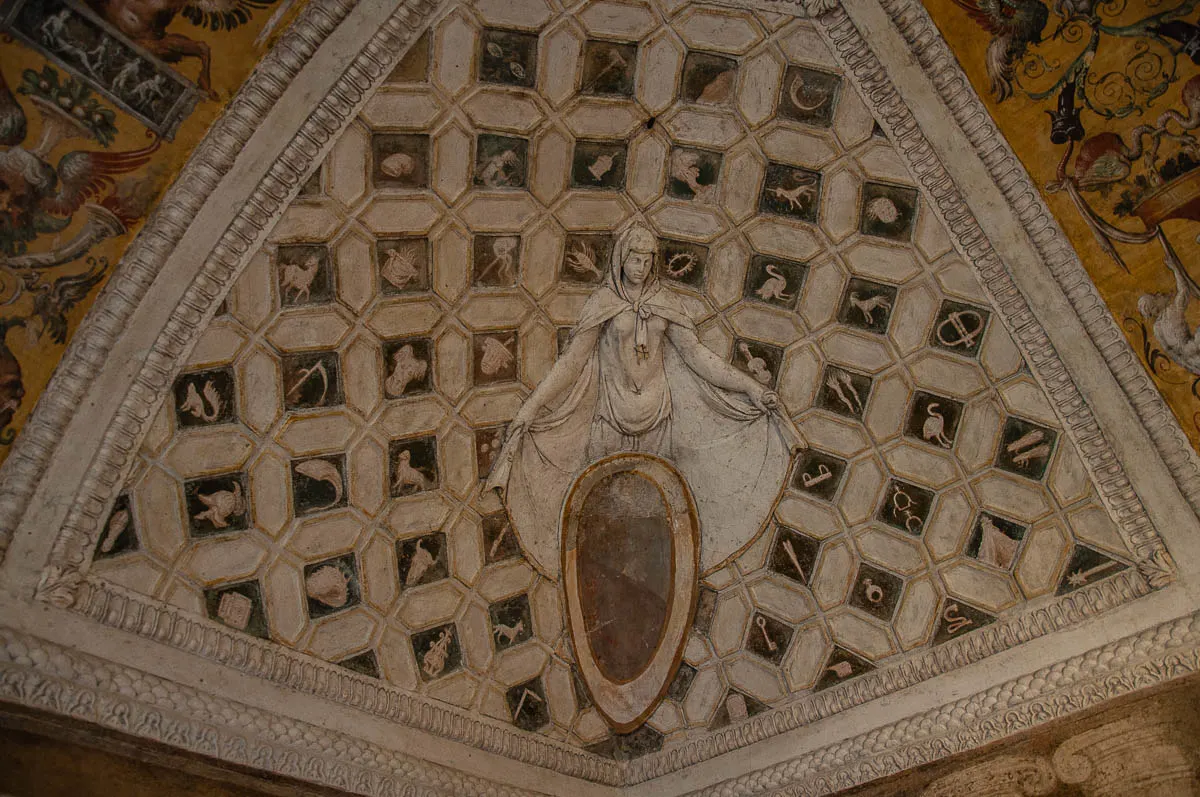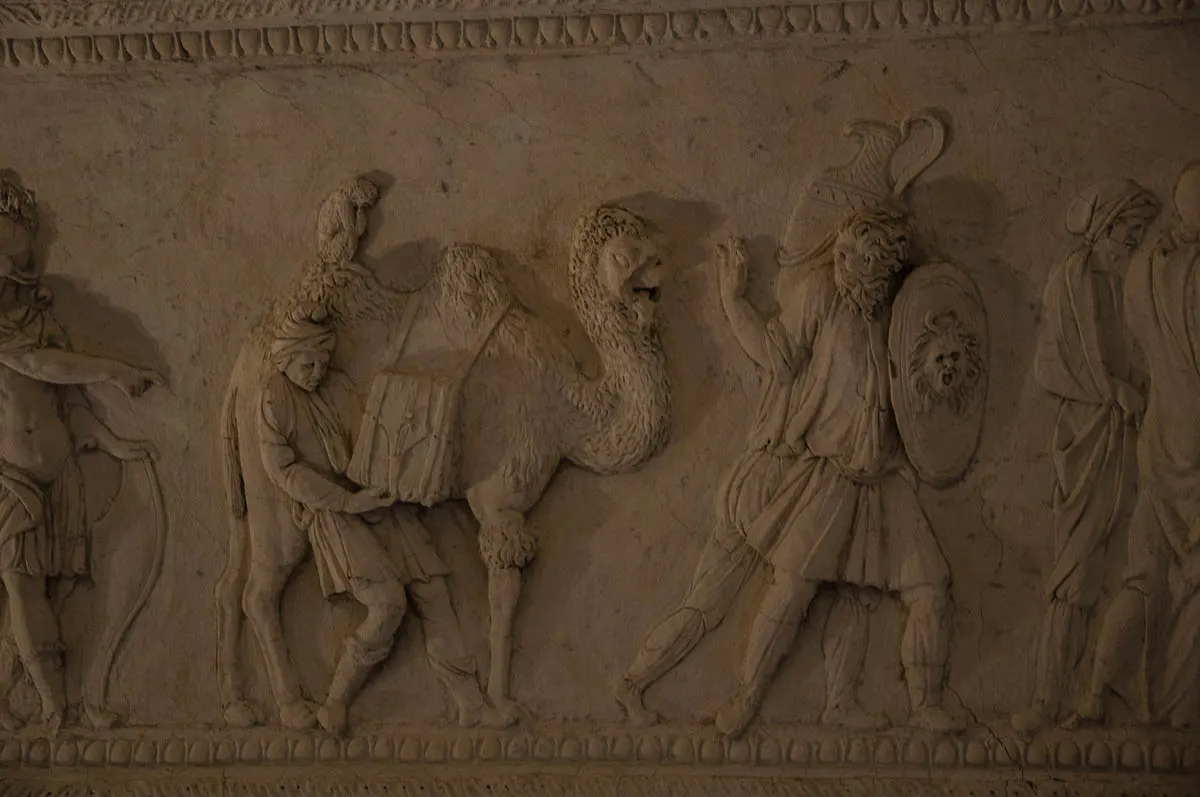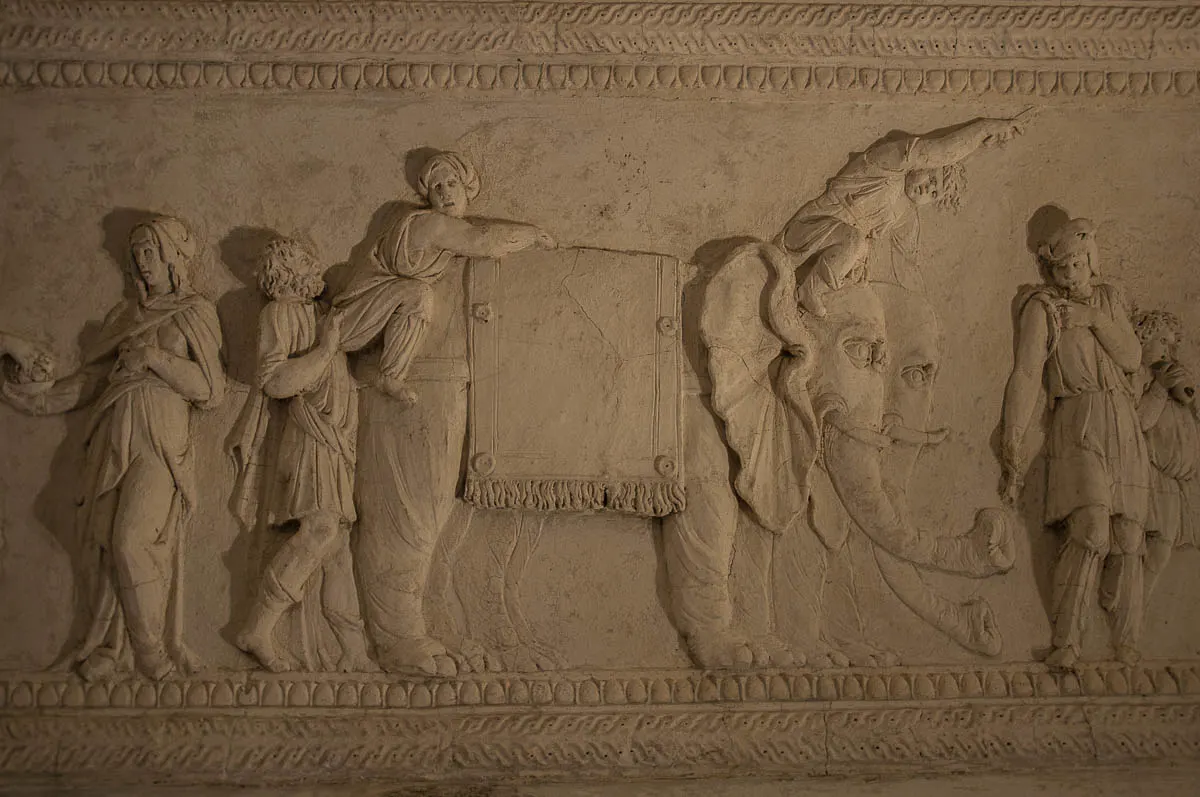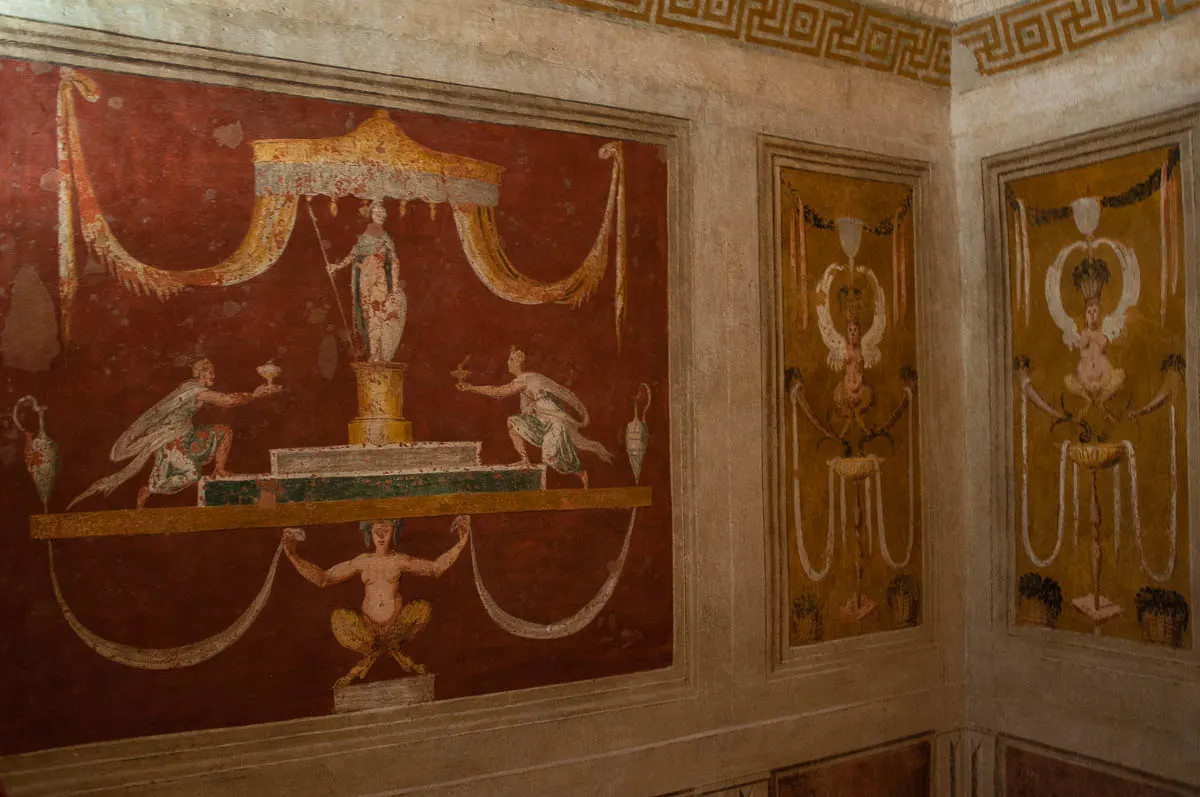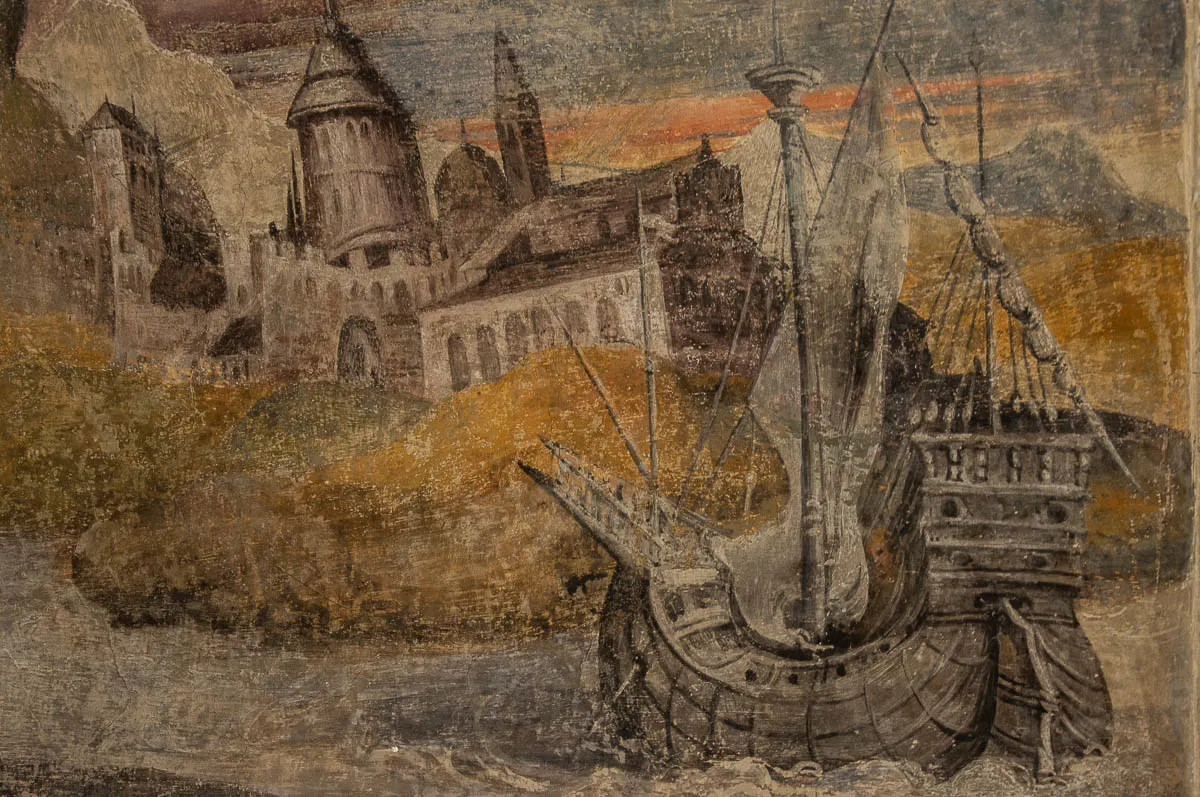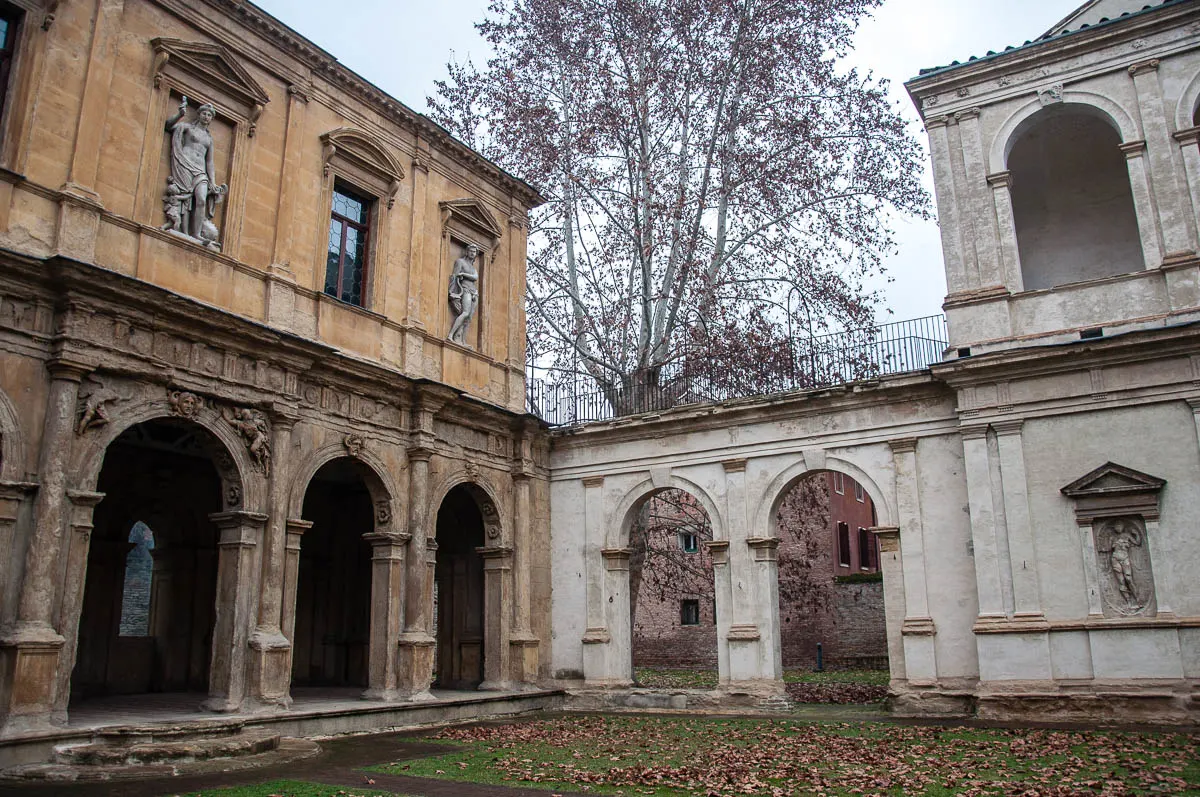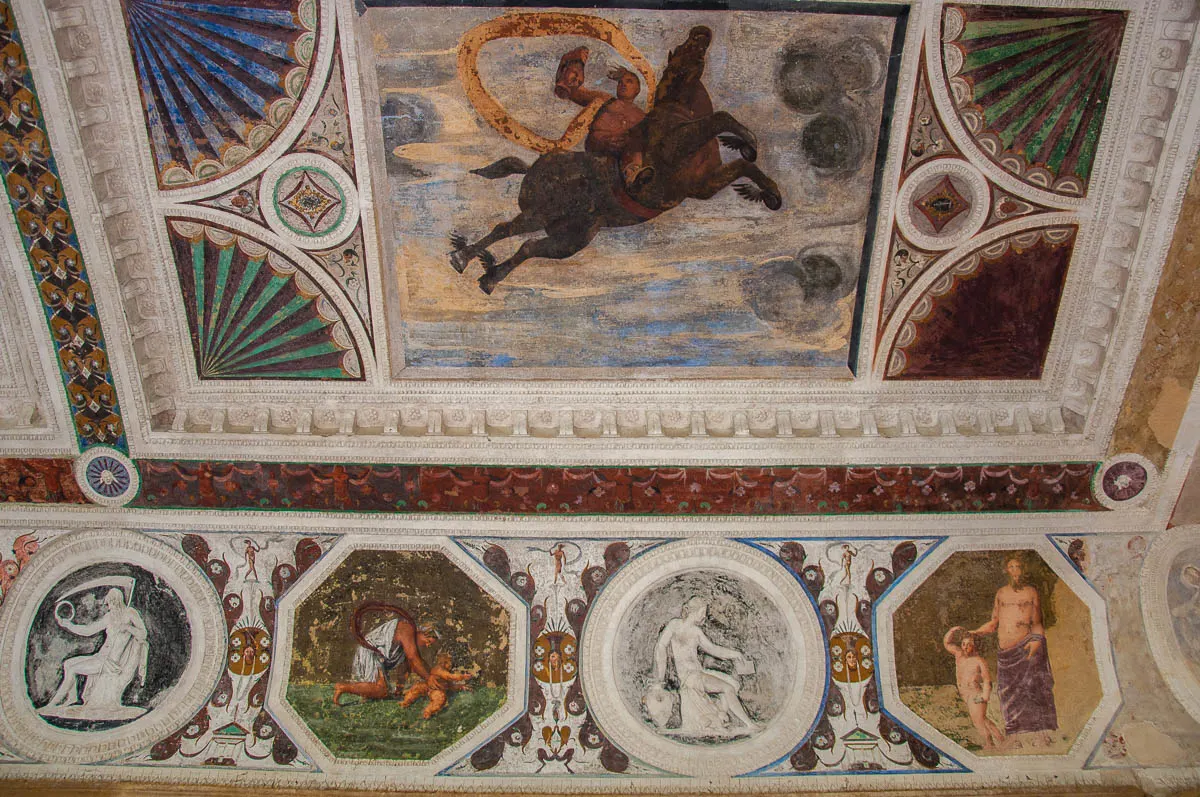I love Padua for many reasons but the main one is the contrasting character of this Italian city which, although immortalised by Shakespeare, is only too often overlooked for its neighbours – the lavish Verona and the outlandish Venice.
Unlike them, Padua can be quite truthfully described as ‘grey’. At least at a first glance.
Here, grey stones are built into prim and proper multi-storey buildings crowded around streets with heavy traffic, the fumes of which only contribute to the general greyness of it all.
Yet, Padua keeps a secret. You just need to know where to look. And, if you only scratch beneath the surface, you will find that this city in the Northern Italian region of Veneto, in fact, has a very colourful and bright heart.
This is the reason why I keep returning to Padua any chance that I have. As, each time that I walk its ‘grey’ streets, if only I dare to look slightly beyond the obvious in front of me, I manage to discover yet another secret, I manage to peel away yet another layer that make me see Padua in a new light.
Not many cities have this effect on me. Most don’t seem to have any secrets at all and others are too easy to decipher. Padua, in the meantime, keeps me guessing every time.
For Padua has stories to tell. Stories that it confides in you only if you make an effort to look deeper, only if you take a step off the beaten track. Today, I want to tell you one of them. A story about a little-known place in Padua which is so unique, so phantasmagorical in its design and decoration that visiting it seems almost like venturing into another world.
This is the story of the
Cornaro Loggia and Odeon in Padua
Or, as it is known in Italian – Loggia e Odeo Cornaro.
The Mind Behind
Conceived by a man called Alvise Cornaro (also known as Luigi), the Cornaro Loggia and Odeon was a place where in the 16th century theatrical and musical performances were staged for a rarefied crowd of artists and aristocrats.
Alvise was a bit of both:
- An artist as he was a writer, a connoisseur of architecture and a patron of the arts (after all Tintoretto himself painted Alvise’s portrait);
- And he was an aristocrat based on his family’s claims (never quite definitively proved) that they were related to the Corners – a noble Venetian lineage which had given La Serenissima its 59th Doge – Marco Corner (also known as Marco Cornaro). In fact, Alvise’s father was a Venetian innkeeper and his uncle (on his mother’s side) was a priest.
Born in Venice in 1480 (or 1484, the historical records differ on this point), Alvise lived until 1566. By the end of his days he had authored various books on how to achieve a long and healthy life by exercising strict calorie control and sobriety. His writings were republished several times and he enjoyed the friendship of the brightest minds of his day.
Yes, Alvise Cornaro was a man of many talents and an excellent entrepreneur. In his prime, he managed to multiply the humble family fortune, became an expert in hydraulics and agriculture, and reclaimed many of the Venetian wetlands for arable use.
He settled in Padua where in 1524 he started to build the loggia, followed by the odeon in the garden of his townhouse. They were to be part of a larger complex of buildings and gardens to be used for entertainment and cultural purposes.
The Concept
The loggia was created to serve as a theatrical stage and the odeon as a place for musical concerts and discussions. They are prime examples of early Renaissance architecture in Padua and are the first fully Renaissance buildings in the Veneto.
Their designer was Giovanni Maria Falconetto – a prominent architect and painter from Verona whose works nowadays can be seen in the churches, palaces, museums and streets of his hometown, as well as in Padua and Mantua.
You see, Alvise was really interested in architecture and stage arts. In fact, during his life he built himself two theatres:
- The aforementioned Cornaro Loggia and Odeon; and
- Another theatre in his villa in the town of Este (also designed by Falconetto).
He also wanted to build a theatre on an artificial island in the Grand Canal in Venice, just opposite St. Mark’s Square. Unfortunately, this daring project never saw the light of day.
The Cornaro Loggia and Odeon though quickly became the meeting point for Alvise’s court – a group of eminent intellectuals and artists. Classical and new pieces of theatre were staged there to widespread acclaim. It is even said that Andrea Palladio – a close friend of Alvise Cornaro and nowadays recognised as one of the most influential architects in the world for the past 500 years – was inspired for his designs of the Teatro Olimpico in Vicenza by his friend’s loggia.
Visiting the Cornaro Loggia and Odeon in Padua
You will find the Cornaro Loggia and Odeon just past the majestic Basilica of St. Anthony in Padua.
It is quite funny, really, as these two sights – one covered with phantasmagorical frescoes of multi-breasted ladies and scary-looking satyrs and the other so prim and proper in its Catholic spirituality – are so close to one another at least in the realms of the physical world.
You just need to take the tram which rumbles through the streets of Padua and get off at the Santo stop. From there, you need to walk the short distance to the Basilica and then follow the large portico (so typical for Padua) down to number 37 on Via M. Cesarotti. You also need to make plans to visit the Cornaro Loggia and Odeon in the morning, as it is closed in the afternoons.
Guided visits last half an hour and start on the hour and the half hour on the dot. They cost only 3 euros per person and usually there are very few visitors, if at all. Which is great, as you have the guide all to yourself and you can ask as many questions as you want. The issue being that the guided visits are only held in Italian. But, even if you don’t speak a word of it, don’t let this stop you from visiting the Cornaro Loggia and Odeon in Padua, especially if you are looking to see something quite unique.
You can always read more about it online or in books, but the frescoes and the buildings are best seen with your own eyes.
As they are quite impressive.
Impressive in their history, architecture and art. The frescoes with which the buildings are decorated, for example, take you on a journey to a rather unusual, both grotesque…
and pastoral world.
The Cornaro Loggia
The Cornaro Loggia is built as a Roman doric arcade. The golden tinged stone for its construction came from Nanto – a small town in the Berici Hills in the province of Vicenza. The decorations on the facade are inspired by classical art. There are metope and triglyph patterns and two depictions of the winged Victory on the central arch.
The stage, for the first time in the Veneto, was constructed in the style of the Roman scaenae frons – the elaborately decorated permanent architectural background of a Roman theatre stage. In other words – the stage of the Cornaro Loggia is elevated and under an arcade decorated with friezes. Plus, there is an ornamented permanent backdrop.
The vaulted ceiling of the loggia is covered with painted and stuccoed mythological figures, some of which, unfortunately, have been affected quite badly by the destructive hands of time. It is not yet known the full meaning behind them, but certain motifs can still be recognised here and there. For example, there are depictions of:
- four young women (a probable allegory of the four seasons);
- (on the North wall) Gods of the planets: Diana (Moon), Mars, Saturn and Venus;
- (and on the south side) the Sun (represented by a bearded man sitting on the sun), Mercury with his staff and Jupiter with a bow and arrows.
Their painters are not known for certain. It is thought that they were Ottaviano and Provolo – the sons of the loggia’s architect Falconetto.
The upper floor of the loggia was added only in 1524 and it is adorned with the statues of Diana, Venus, and Apollo by the sculptor Jacopo Colonna (a pupil of Jacopo Sansovino).
The actors would use the Roman-inspired stage and the upper floor of the Cornaro Loggia to their full advantage, the young lady leading the guided tour told us. The performances were lavish, with detailed costumes and stage-sets. Both classical and contemporary plays were regularly performed. Especially popular were the comedies of Angelo Beolco, known as Ruzante, staged for his patron Alvise Cornaro.
The Cornaro Odeon
Entering the Cornaro Odeon was an unforgettable experience. The construction of the Odeon commenced around 1530 and it was completed by 1544. On its ground floor there is an octagonal room leading to all the other rooms in the building. It is all very symmetrically arranged and, apparently, the architecture of the building was so admired that it inspired the designs for the villas in the Veneto during the 16th century.
The ceilings and the walls inside the Odeon are covered with frescoes. Apparently, they were inspired by the frescoes in the palaces of Mantua. (In fact, I remembered that in Mantua’s Ducal Palace I had seen a multi-breasted lady – a symbol of fertility – who was very similar to the one depicted in the Cornaro Odeon).
The frescoes in Mantua, on the other hand, were influenced by the Roman Emperor Nero’s Golden House (Domus Aurea). Its remains had been discovered around 1480 and it was the major source of information on ancient Roman painting and decoration for Renaissance artists.
The phantasmagorical frescoes in the central octagonal room of Cornaro Odeon’s are attributed to Gualtiero Padovano, an artist inspired by the engravings of Domenico Veneziano and the grotesque decorations by Polidoro da Caravaggio in the Vatican Rooms. Expect to see many satyrs, mysterious hooded figures, disfigured deities, elegant vases and floral swirls. It is all a bit demonic, a bit scary even. Yet, incredibly interesting to look at.
The colours (after an extensive period of renovation) look fresh and bright. And the frescoes present so many different motifs, so many strange and wonderful combinations of flora, fauna and the unreal world, that I spent a long time trying to capture their beauty in pictures, throwing my head back and lifting my heavy camera to my eye to the point where my neck truly hurt.
The idyllic landscapes in the adjoining rooms of the Cornaro Odeon are attributed to Lambert Sustris, an artist from Amsterdam who from the third decade of the 16th century worked in Rome, Padua and Venice. He was also a pupil of Titian.
It is thought that the stuccoes adoring the ceilings in these rooms, are the work of the sons of Falconetto and, above all, of the Padua sculptor Tiziano Minio.
A special mention here deserve the stuccoed animals, like these splendid camels and elephants.
The Cornaro Odeon was used for musical performances and intellectual debates. This is completely in line with the meaning of the word ‘odeon’ which in the Ancient Greek and Roman tradition meant a place for music and poetry. We can only imagine how impressive and out-worldly the frescoes might have looked in the gleaming candlelight during the concerts that were staged there over five centuries ago.
The more you look at the frescoes and the stuccoes, the more you see and the more you want to know about every single detail. For example, why there is a ghostly face in the sails of this ship?
Curiously enough, the Cornaro Odeon was also used as the headquarters of a short-lived but influential philosophical and literary academy in Padua. Called Accademia degli Infiammati (Academy of the Burning Ones), it was founded in 1540 and lasted between five and ten years.
In Conclusion
Visiting the Cornaro Loggia and Odeon in Padua is highly recommended. Especially, if you are looking to explore Italy from unexpected yet profoundly impressive points of view. In the half hour that the guided visit lasts, you will see in person a place where a man of many talents invested time and resources to build a monument to arts and thus stimulated the development of theatre and architecture in the centuries to come.
Nowadays, the Cornaro Loggia and Odeon in Padua is managed by the Cultural Association La Torlonga which looks after the preservation of the history and the heritage of the two remarkable buildings.
Thank you for reading! Please, leave me a comment, pin the image below or use the buttons right at the end to share it on social media.
For more stories like this you can follow me on Facebook and subscribe to my weekly strictly no-spam newsletter.


